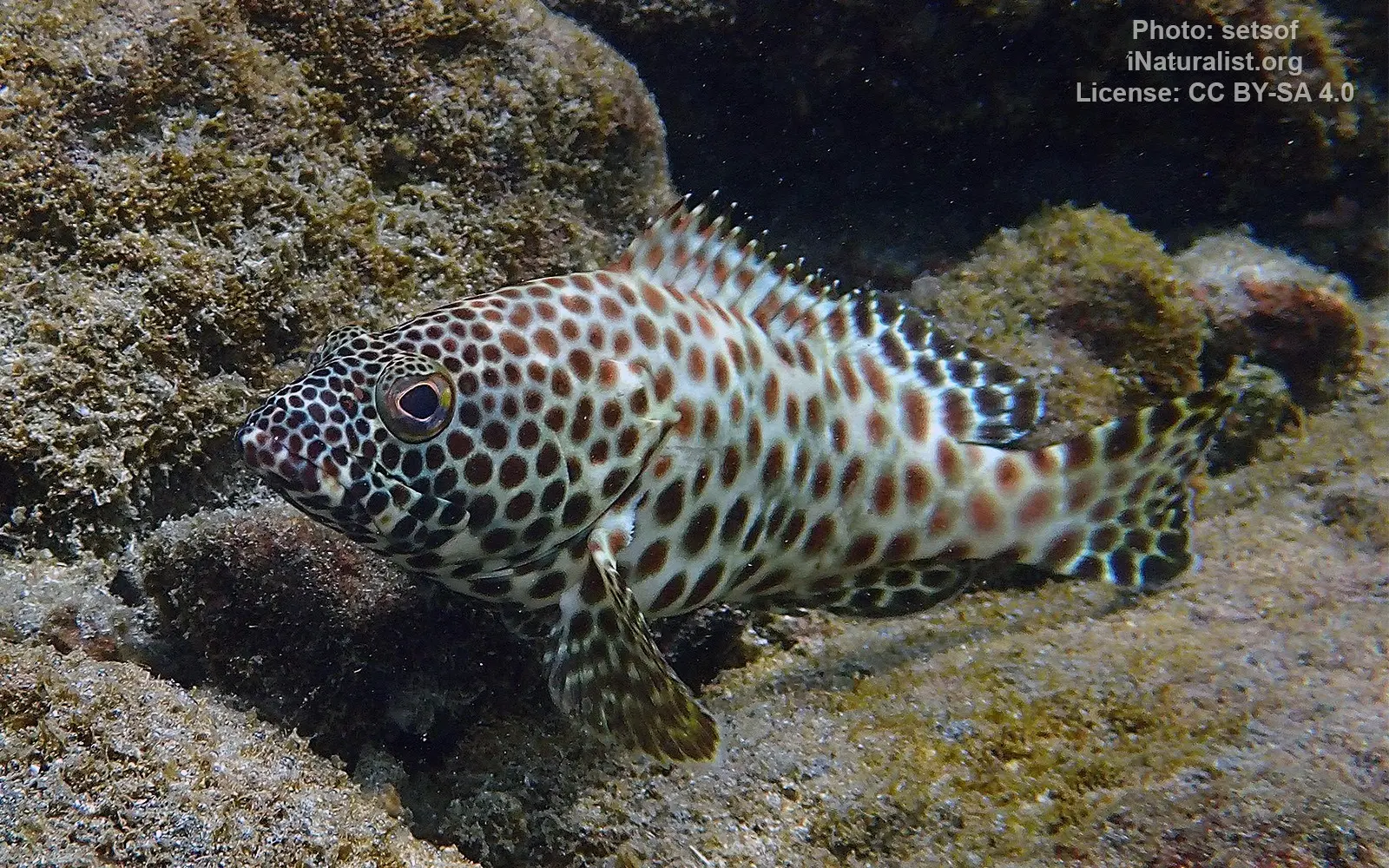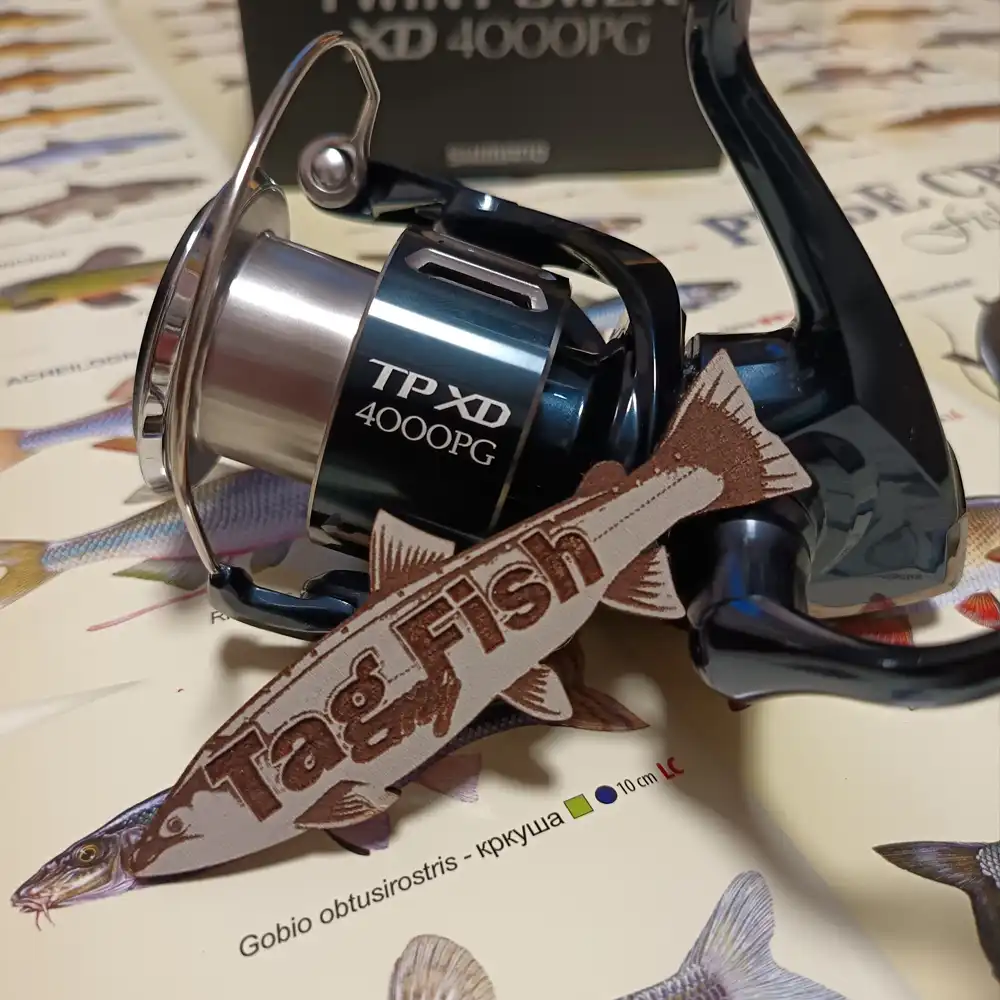Greasy grouper (Epinephelus tauvina)

Image source: setsof | inaturalist.org
General data
- Main name: Greasy grouper
- Local names: Arabian grouper, Greasy rockcod, Reef cod, Green grouper, Greasy rockcod, Cod
- Climates: Tropical, Subtropical
- Habitat: Saltwater
- Native: Africa, Asia, Australia & Oceania
- Distribution: Red sea, Pacific Ocean, Indian ocean
Classification
- Genus: Epinephelus - Cloudy groupers
- Family: Epinephelidae - Groupers
- Order: Perciformes - Perches
- Class: Actinopteri - Ray-finned fishes
- Superclass: Osteichthyes - Bony fishes
Description
The greasy grouper (Epinephelus tauvina), also known as the Arabian grouper or greasy rockcod, is an Indo-Pacific fish species of economic importance belonging to the family Serranidae.
The greasy grouper occurs in the Red Sea and along the East African coast, east to the Pitcairn group, north to Japan, and south to Lord Howe Island. It is not common in Fiji, Tonga, or French Polynesia.
The species inhabits clear-water areas on coral reefs (at depths to 50 m), although juveniles may venture into reef flats, tidepools, and mangrove estuaries.
Epinephelus tauvina grows up to 75 cm (30 inches) in length.
These fish have a wide, upward-facing mouth with rather thick lips. Their heads and bodies are pale greenish grey or brown with round spots, varying from orange-red to dark brown. A group of black spots may be visible on the body at the base of the rear of the dorsal fin. Five vertical darker shaded bars may also be present on their bodies.
It is similar to E. corallicola and E. howlandi, which, however, have shorter bodies and spots less closely spaced.

 English
English
 Spanish
Spanish
 German
German
 French
French
 Serbian
Serbian
 Russian
Russian

